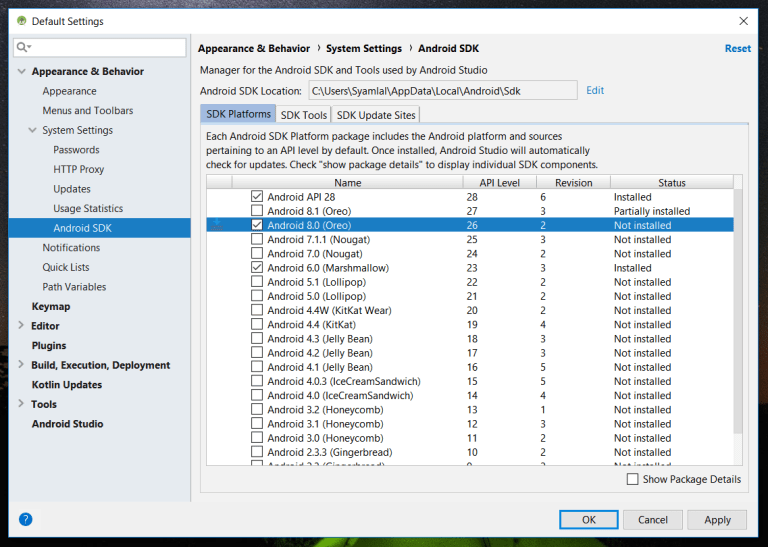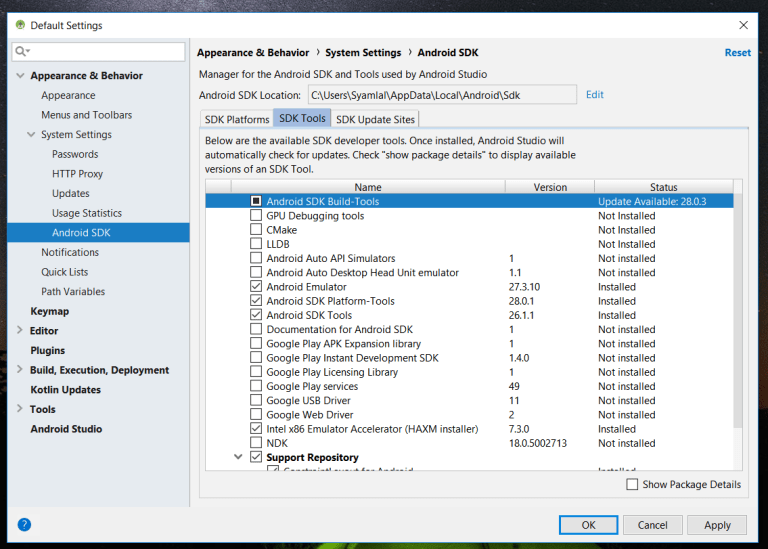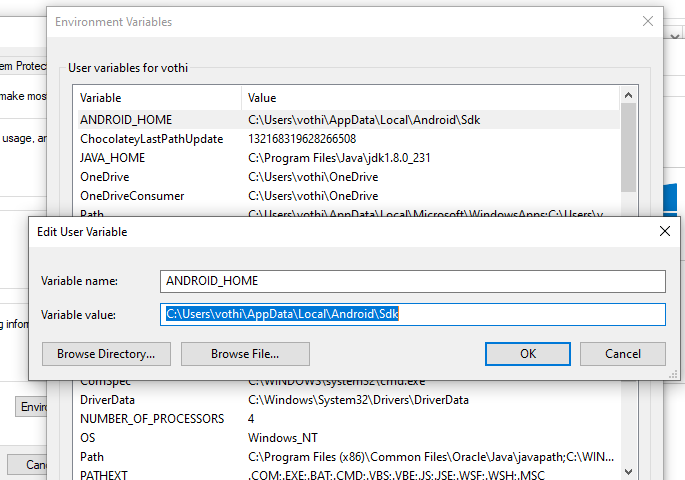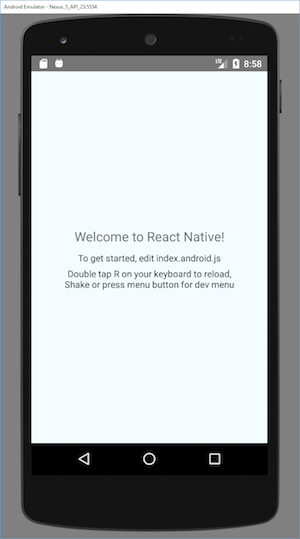React Native framework is getting more attention from developers who want to build cross-platform mobile applications (Android/ios). I got a lot of tutorials in installing and setting up React Native on Mac OS and Linux distributions. But this tutorial is for Windows users. We could also find an installation tutorial in the official React Native page. But I faced some issues when following it and some of the steps are a little bit confusing. This is the reason behind the making of this tutorial.
Installation
1/ Install Chocolatey
Chocolatey is a popular package manager for Windows. So at first, we need to install it on our system.
To install Chocolaty, Open Command Prompt with administrator privileges and run the command below.
@"%SystemRoot%\System32\WindowsPowerShell\v1.0\powershell.exe" -NoProfile -InputFormat None -ExecutionPolicy Bypass -Command "iex ((New-Object System.Net.WebClient).DownloadString('https://chocolatey.org/install.ps1'))" && SET "PATH=%PATH%;%ALLUSERSPROFILE%\chocolatey\bin"
2/ Install Node, Python2, and JDK8
Now we need to install Nodejs, Python2, and JDK using Chocolaty. This can be done using the below command.
choco install -y nodejs.install python2 jdk8
3/ Install Android Studio
- Android studio needs to be installed for working with React Native development. We can easily download and install it from the URL below.
https://developer.android.com/studio
4/ Set up Android SDK
Android Studio installs the latest Android SDK by default. Building a React Native app with native code, however, requires the Android 8.0 (Oreo) SDK in particular. Additional Android SDKs can be installed through the SDK Manager in Android Studio.
The SDK Manager can be accessed from the Welcome to Android Studio screen.
Click on Configure, then select the SDK Manager.
SDK manager -> SDK platforms
then check the box next to “Show Package Details” in the bottom right corner. Look for and expand the Android 8.0 (Oreo) entry, then make sure the following items are all checked:
Android SDK Platform 26
Google APIs Intel x86 Atom_64 System Image


The React Native tools require some environment variables to be set up in order to build apps with native code.
Open the System pane under System and Security in the Windows Control Panel, then click on Change settings. Open the Advanced tab and click on Environment Variables. Click on New to create a new ANDROID_HOME user variable that points to the path to your Android SDK:
c:\Users\YOUR_USERNAME\AppData\Local\Android\Sdk

Install React Native CLI
We can easily install React Native CLI using NPM. So, install it with the below command on Command Prompt/ Powershell on our system.
npm install -g react-native-cli
6/ Creating a New Application
Using react native CLI, we can create a new React Native project.
react-native init AwesomeProject
Note:
Here AwesomeProject is the project name I have chosen.
7/ Running the Application
Now we can run the project we have created on our Android phone. For this, we need to set up our mobile device first.
Set up Android Device
On our Android device, Go to Settings->About
We can see a Build Version menu there.
Continually click the Build Version option until it enables the Developer options.
Now, return to Settings.
we can see the Developer options menu there.
Enable the USB debugging option in Developer options.
Connect our mobile device with our Windows system using the USB cable. Type the below command to verify whether our mobile device is connected or not.
adb devices

Now, run the below command to run the react native app on our mobile device

react-native run-android
Note: We can also run our application of Android Virtual Device(AVD) which can be created from Android Studio. But I am not explaining it in this tutorial.
Tip: We recommend using Visual Studio Code as the source-code editor for working with React Native projects.
